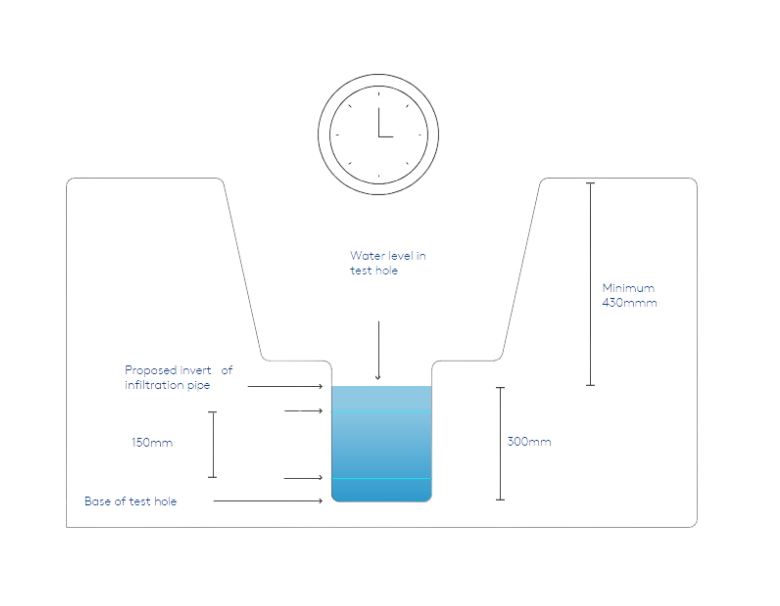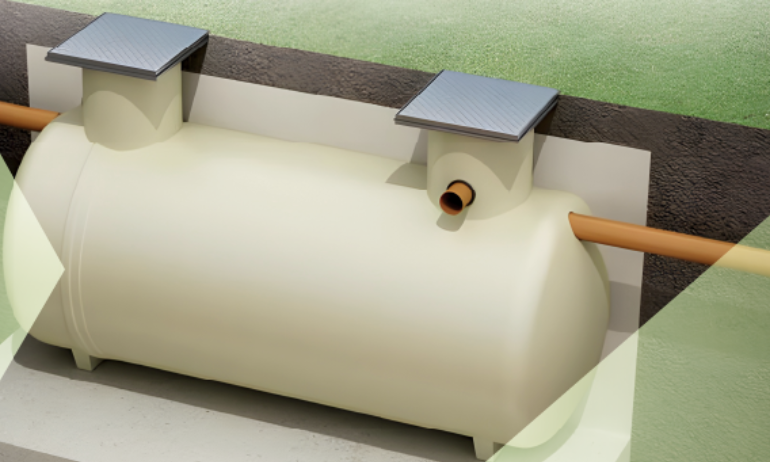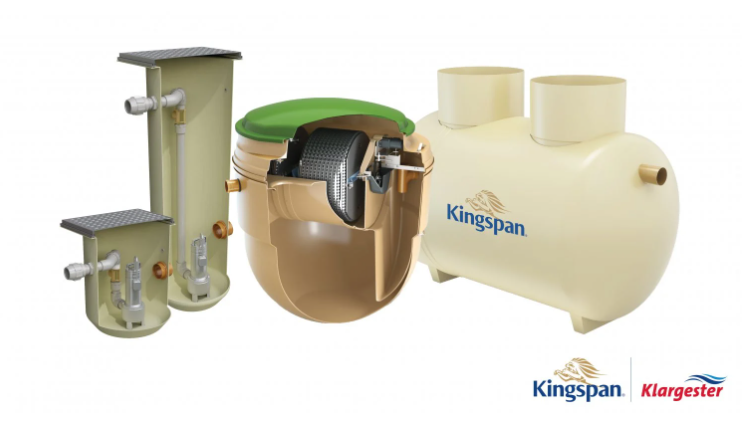Percolation Testing Services for Sewage Treatment Plants

Percolation Testing Services for Sewage Treatment Plants
Proper percolation testing is essential for designing and installing effective sewage treatment systems to your home. The Klargester team have a network of preferred installers who specialise in providing fast, accurate and reliable testing services to ensure your project meets regulatory requirements and operates efficiently.
Services Available Nationwide
Our percolation testing services are available across the UK. Whether you’re working on a small residential project or a large commercial development, we have the expertise to assist.
Book Your Percolation Test Today
Request a Call Back

Percolation Test Frequently Asked Questions
A percolation test, often called a 'perc test', is a method used to assess the drainage capabilities of soil. It measures how quickly water is absorbed into the ground, helping to determine whether the soil is suitable for the installation of drainage systems, septic tanks, sewage treatment systems or soakaways. This test ensures that wastewater or stormwater can effectively percolate through the soil, preventing flooding or pooling. Accurate percolation testing is essential for compliance with building regulations and the proper design of sustainable drainage solutions.
A percolation test is essential to determine whether your soil can effectively manage wastewater or rainwater drainage. It ensures that systems like sewage treatment plants, septic tanks, soakaways, or drainage fields are safe, efficient, and compliant with building regulations.
Without a percolation test, improper drainage could lead to flooding, environmental damage, or costly system failures. Whether you're planning a new build or upgrading an existing system, a percolation test provides the crucial data needed for a reliable, sustainable solution.
The percolation test process involves digging small test holes in the area where a drainage system, sewage treatment plant, soakaway, or septic field is planned.
The following steps are a typical process of conducting a percolation test via an installer network:
Site Assessment
The installer will begin with a thorough evaluation of your site, taking into account soil type, topography and any unique environmental considerations.
Excavation and Testing
Using industry standard equipment, the installer will perform test excavations and measure the rate at which water percolates into the soil. This helps determine the soil’s drainage capacity and its suitability for sewage treatment.
Analysis and Reporting
After testing, you will receive a comprehensive report detailing the results, including soil permeability rates and system recommendations tailored to your site.
Consultation and Next Steps
The Klargester team will guide you through the next stages, from system design to installation, ensuring full compliance with local building and environmental regulations.
If you are planning to install a sewage treatment plant, septic tank, soakaway, or drainage field on your property, a percolation test is likely required. It is crucial for assessing whether your soil can handle wastewater or rainwater drainage safely and efficiently.
Building regulations often mandate percolation tests to ensure environmental compliance and to prevent issues like flooding, pooling, or system failure. Whether for a new build or an upgrade to an existing system, a percolation test provides the critical information needed to design an effective drainage solution for your property.
If your percolation test fails, it means your soil cannot absorb water at the rate required for a sewage treatment plant, septic tank, soakaway, or drainage field to function effectively. In this case, alternative solutions will need to be explored.
These may include installing a raised drainage field, adding soil improvement measures, or opting for a different wastewater treatment system. A failed test doesn't mean your project is unworkable - specialist advice and modern solutions can help ensure compliance and create an efficient drainage system tailored to your site conditions.
Preparing your site for a percolation test involves a few key steps to ensure accurate results.
First, identify the proposed location for your tank or drainage field. Clear the area of any debris, vegetation, or obstructions.
Next, dig the required test holes to the specified dimensions, usually between 300mm and 400mm wide and 250mm deep. It is important to conduct the test in a normal weather conditions to reflect typical soil saturation levels.
Finally, ensure access to water for filling the test holes. Proper preparation will help provide reliable data for designing your drainage solution.
Calculating Percolation Rate:


Read More From Tanks Direct
Waste Water Commissioning Explained

Why Choose Klargester?


 Login
Login